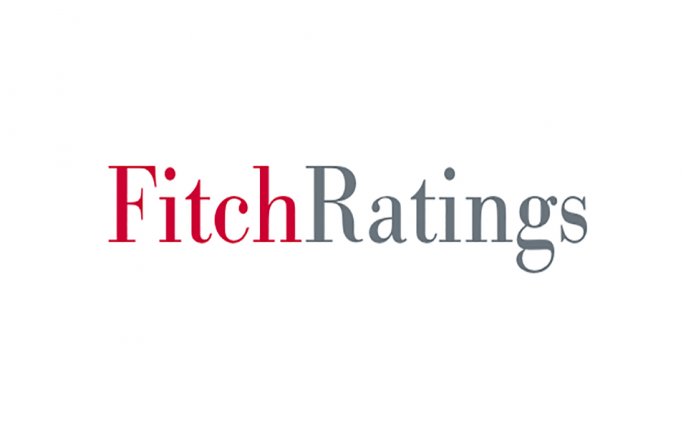July 15, 2022 (MLN): Central banks in frontier markets (FM) are taking further steps to tighten monetary policy, raising interest rates at an unprecedented pace due to rising inflation and continuous depreciation of FM currencies, Fitch Ratings’ latest ‘Frontier Vision’ chart pack showed.
“As consumer and producer inflation rates keep rising and FM currencies continue to depreciate, borrowing costs have increased to levels not seen in a long time,” it noted.
Since 1Q22 policy rates have increased in Costa Rica, Cote d’Ivoire, Ghana, Jamaica, Jordan, Kenya, Mongolia, Nigeria, Pakistan, Paraguay, Senegal and Sri Lanka, among others.
Only the Central Bank of Uzbekistan has bucked this trend and cut its main policy rate in June by 1pp, to 16%.
In Sri Lanka, where an economic crisis has sparked a wave of mass protests and political turmoil, annual national consumer and wholesale inflation rates rose in May to record highs of 45.3% and 70.5%, respectively.
Going by the report, CPI and PPI annual inflation rates also increased simultaneously in recent months in Costa Rica, El Salvador, Ghana, Jordan and Rwanda, among others.
At the same time, many FM currencies are losing ground against the US dollar. Nominal exchange rates have been experiencing significant depreciation in Costa Rica, Cote d’Ivoire, Gabon, Jamaica, Kenya, Mongolia, Pakistan, Senegal and Sri Lanka, it noted.
Pakistan has so far increased the policy rate by massive 800bps since September 2021 due to soaring inflation. The country has been facing a large negative income shock from high inflation as energy subsidies were reversed taking headline inflation to rise to a 14-year high in June 2022.
Fitch's quarterly ‘Frontier Vision’ chart pack tracks high-frequency macroeconomic data covering GDP, industrial production, exports, imports, retail sales, employment, unemployment, consumer and producer price inflation, exchange rates, policy interest rates, money supply and international reserves for the countries included in the J.P. Morgan’s Next Generation Markets (NEXGEM) Index.
The charts cover five years of historical data and the choice of data series has been harmonized as far as possible across all countries to facilitate comparisons. The index comprises 35 countries representing sub-Saharan Africa, Latin America & the Caribbean, the Middle East & North Africa, Europe, Asia and Oceania.
34062




